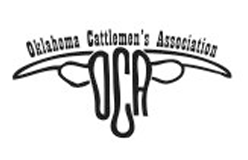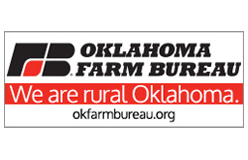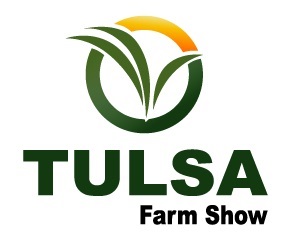
Driving around eastern Oklahoma, individuals may notice a tall, single-stemmed plant known as bladderpod or bagpod. The scientific name is Sesbania vesicaria. Although the plant may appear desirable at certain times of the year, the seed pods are toxic. Cattle producers should be scouting pastures for any plants.
S. vesicaria is a legume that can grow up to six feet tall. It has pinnately compound leaves with numerous small, oval leaflets. Bladderpod produces bright yellow flowers with hints of red or pink. Following flowering, the seed pods develop. The seed pods are green to yellowish in color. By late summer or early fall, the pods turn brown and often rattle when shaken, signaling that the plant has reached its most toxic stage.
The plant is found in sandy soils in southeastern and central Oklahoma. It may appear in areas where it is not usually seen following wet summers or in areas that have flooded. Generally, bladderpod grows as scattered individual plants but, on occasion, will form dense stands.
Although many animals are susceptible, intoxication primarily occurs in cattle. The toxin is not well characterized but is thought to be a saponin contained in the seeds. The saponin causes gastrointestinal irritation. The hazard is more prominent during the winter when forage may be scarce and the pods are readily available. Cattle accustomed to the plant will seldom eat it; however, newly introduced cattle are more inclined to consume pods. Recently introduced cattle may eat large amounts of pods. About one pound of pods can kill a 500-pound calf. If cattle eat the pods slowly, the irritation will limit intake, which decreases the likelihood of intoxication.
Following ingestion of the seeds, clinical signs may appear within a few hours. Common clinical signs include anorexia, diarrhea, labored breathing, and colic. Mortality is usually high.
Animals suspected of ingesting bladderpod should be treated with activated charcoal to help absorb any remaining toxin and fluids to address dehydration. Prevention is much more effective than treatment. Producers should scout pastures for any bladderpod plants. Any plants found should be removed or mowed. Herbicide applications early in the growing season can eliminate the plant. Producers should maintain good forage cover to reduce weed establishment, as overgrazed pastures are more prone to Sesbania infestations.
Since Oklahoma experienced a very wet summer, S. vesicaria may be a problem this winter. Cattle producers need to be scouting pastures for any bladderpod plants. For more information about S. vesicaria, cattle producers should consult their veterinarian and/or local Oklahoma State University Cooperative Extension County Agriculture Educator.

















